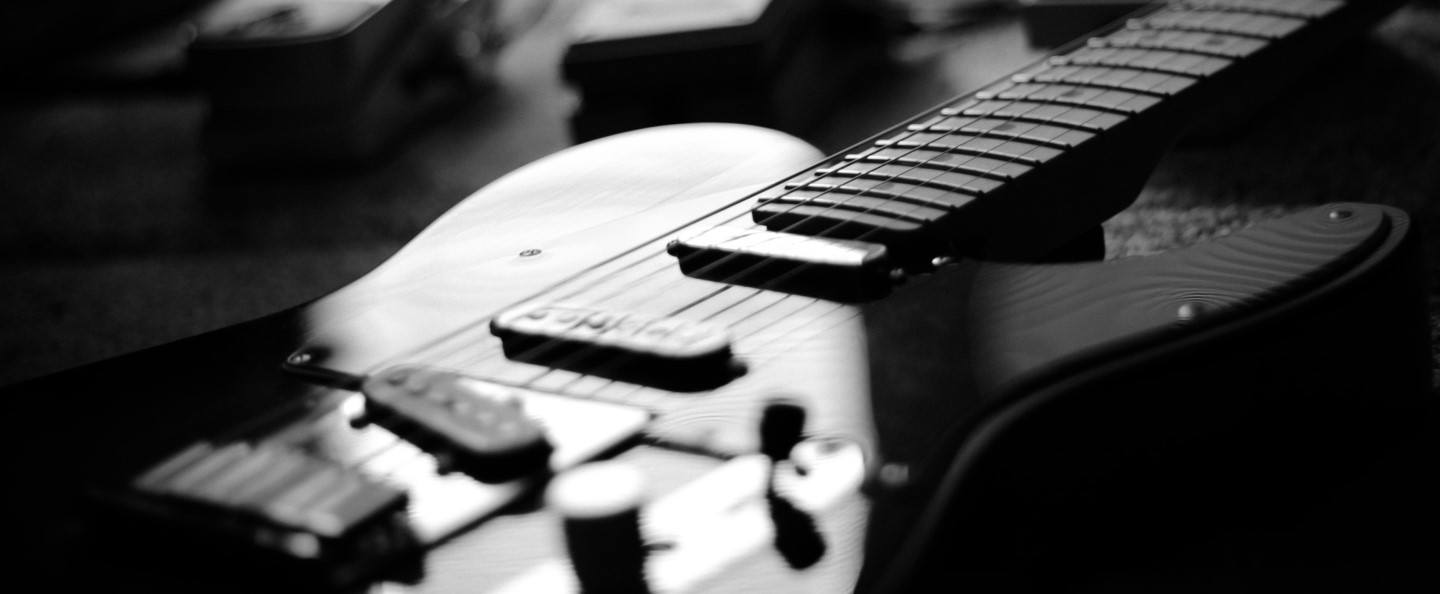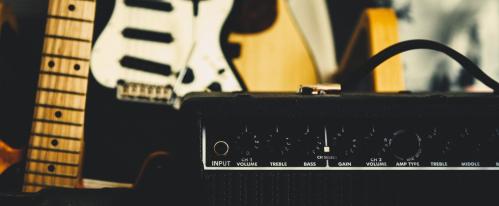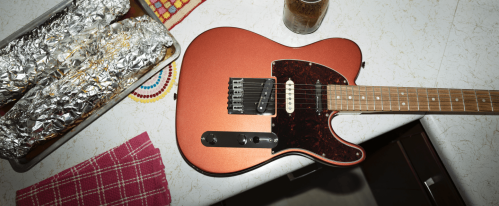Find out about some key differences between cheap and expensive guitars and learn how to pick the right instrument for you
Are expensive guitars worth it? In this guide we’ll break down the benefits and drawbacks of a cheap axe compared to a high-end, premium instrument.
Watch this video to get to grips with some common misconceptions that musicians have about budget-friendly guitars, and then take a look at some occasions where it might be worth making the extra investment on your next purchase..
Scroll down for more videos where we talk about the differences between Gibson and Epiphone, Fender and Squier, and whether a new guitar or a new amp is more important to your tone..
What’s The Difference Between Cheap and Expensive Guitars?
If you’re unsure about how much to spend on a guitar, keep reading as we dig into the reasons why some guitars are so expensive and other guitars are more affordable - and what this means for the modern guitar player on the hunt for a new axe..
Where the Guitar is Manufactured..
One of the things that will always influence the price of a guitar is the place where it was manufactured. The most high-end Gibson and Fender models, for example, are always crafted in their respective US-based factories - where the original iterations of these instruments were first made.
When a guitar is built in the same place as the original model then you can expect to pay a premium for it. This is due to many factors - not least because of the added labour costs associated with using the best and most experienced luthiers for the job.
In addition to this though, you can expect to pay more simply because of the brand name and the association it has with the place of manufacture. Guitar heroes throughout history have relied on USA-made Strats and UK-built Marshall stacks, for example - and that’s one of the reasons why they’re so desirable, and therefore more expensive.
It pays to remember though that just because an instrument is made in a certain place does not mean that it will feel better in your hands or make you sound any better - so it’s important to find the right guitar for you based on the feel and tone you experience when you play it.
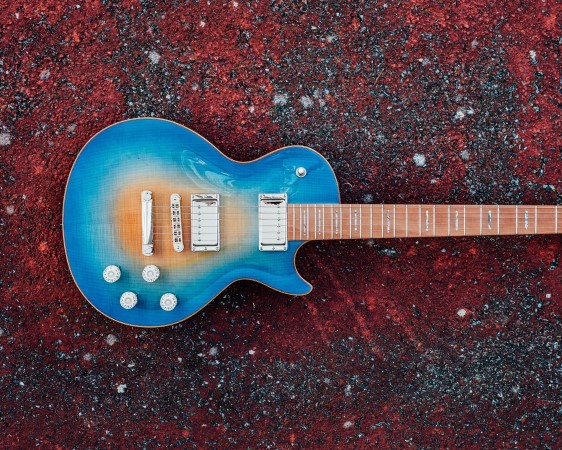
Mass-Produced Guitars
When we think of the most affordable guitars we think of those that have been mass-produced. These instruments are manufactured in a way that directly contrasts the handmade, boutique methods that we associate with high-end performance and tone.
Here we take a look at some of the pros and cons of guitars that come to market from the production line - and why you should always play one before assuming the worst..
Pros of Mass-Produced Guitars
- Avoid human error
- Often use the same tonewoods as more expensive models
- Can come from the factory with a great set-up
- Good for beginners
Cons of Mass-Produced Guitars
- Lack of attention-to-detail
- Lower-standard hardware
- No guarantee on quality
- Less features
Although mass-produced guitars come with no guarantees on quality - or at least, less than a boutique instrument - it doesn’t mean that it’s impossible to find one that will feel right to you. More affordable and common guitars won’t have their resale value hugely affected by customizations or upgrades, so you can get them exactly how you want them with aftermarket pickups and hardware.
They’re often made with the same tonewoods, and when teamed with a good amplifier that’s plugged-in to an effects rig you’d be hard pressed to hear the difference between each axe.
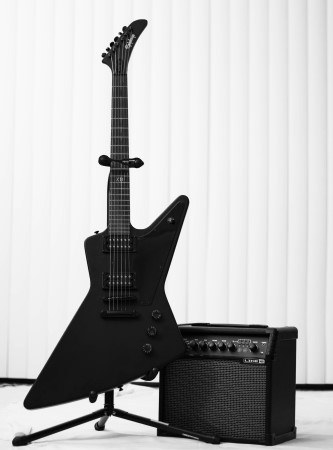
Custom Shop Guitars
The polar opposite of a mass-produced guitar is a Custom Shop guitar. These are handcrafted by skilled luthiers who set out to achieve a specific goal with the instrument they are creating - whether that be adding something unique or replicating a guitar from a bygone era.
Many Custom Shop guitars are exact replications of instruments from the past. They’re built with meticulous attention to detail that focuses on every last subtlety of a particular run or model, usually from a specific time-period. Guitar manufacturers will go to extreme lengths in order to recreate every aspect of the guitar faithfully, such as taking scans of the original instruments in order to calculate the most precise woods to use. All of these things add to the price of the instrument, in addition to high-quality woods and components (more on that later).
Although Custom Shop guitars are expensive, the price pales in comparison to the actual vintage instruments on which they are based - some of which are so rare that they sell for hundreds of thousands of pounds and more, only to be kept in the private collections of investors or at museums.
Custom Shop instruments will often perform better than the instruments that they are based on, however - time can be unkind to guitars, and although some will tell you that a ‘worn-in’ guitar feels better, you can only try out each instrument for yourself to make that decision. As technology has progressed, the gap in quality between cheap and expensive guitars has narrowed considerably.
Tonewoods, Construction, Tops and Finishes
When it comes to tonewoods there are various opinions on how much difference they make - but we’re here to assure you that they do alter the sound of a guitar, and they can completely make-or-break your sound.
There are a vast amount of tonewoods, and they all have a slightly different sound. This sound is further modified depending on the type of paint or lacquer that the guitar is finished with, which tends to be either nitrocellulose or polyurethane.
Most modern, mass-produced, and affordable guitars often use polyurethane lacquer - which many would argue has a more desirable sheen when compared to a nitrocellulose finish. This type of finish is heavier than nitrocellulose though, and some suggest they will not allow the tonewoods that make up the construction of the guitar to ‘breathe’. You’ll also tend to find that nitrocellulose lacquers will age and relic more gracefully than polyurethane guitars, which are more hard-wearing but can chip and flake in an odd manner if subjected to some abuse.
Most vintage and Custom Shop guitars are finished with nitrocellulose, as this was the readily-available and go-to lacquer at the time the guitars were constructed - nowadays, guitars with a polyurethane finish are much more common.
In terms of tonewoods, there are certain types that are more sought-after than others. Mahogany, Ash, and Alder are common, but cheaper, sustainable woods can now be found across some models in order to keep costs down (and save the planet!).
Similarly, it is becoming more and more common for fretboards to substitute Rosewood - which gives a classic feel synonymous with Fender guitars, for example - with woods such as Pau Ferro and Indian Laurel. Brands will pay a premium for woods that are becoming increasingly rare, and on more expensive guitars you will also be treated to woods that are matched based on factors such as their weight for superior tone. Whilst mass-produced guitars will not have such a stringent process in terms of matching woods, it doesn’t mean you can’t get lucky - so always try them out when you can.
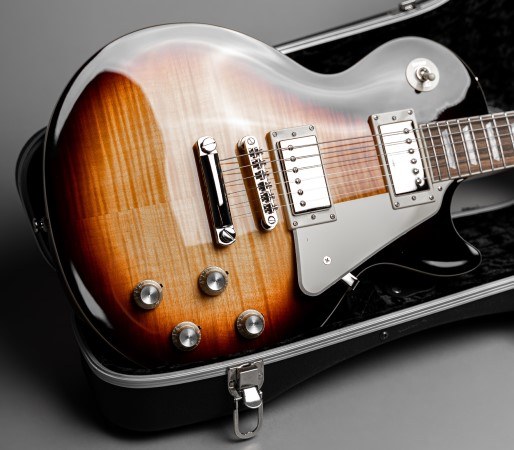
Lastly, the construction of many guitar types is modified depending on how affordable or expensive the model is going to be. Whilst Les Paul and SG guitars by Gibson are well-known for their set-neck construction, you can now find cheaper models by Epiphone that use a bolt-on neck in order to reduce manufacturing costs and the need for more highly-skilled labour. Changing the construction in this way will make a difference to how the guitar resonates as a whole, but there isn’t necessarily a better-or-worse way of doing things. Fender guitars have always utilised a bolt-on construction, which can be more versatile and easier to upgrade or change in case of damage. Once again though, if you’re looking for the exact tones that your favourite Gibson player of yesteryear had access to, then there are premium costs associated with it.
Another way that manufacturers cut costs on more affordable guitars is by using veneers in order to achieve the look and stylings of classic instruments. You might notice that many cheaper guitars still manage to achieve the flamed effect that is present on guitars like vintage Les Pauls - but this isn’t usually a true top in the same way that you’d see on the real deal. By using a veneer, guitar companies can offer the same aesthetic effect on their instruments at a lower price, often achieving a look that is hard to differentiate from an actual top.
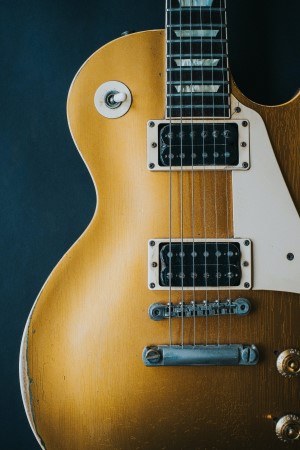
Hardware and Electronics
As you’d probably expect, when you pay for the most expensive guitars they come fully-stocked with hardware and electronics that are truly the best-of-the-best.
Handwound pickups, locking tuners, and upgraded control systems all find their way on to these instruments in order to give players a truly luxurious experience when making music. It also ensures that the guitar is built to last, with hand-wired components that are specially selected for their ability to positively impact the tones you have access to.
Many guitarists prefer to add their own hardware and electronics, however - and for these players it’s not always wise to overspend on an axe. By taking a more affordable mid-range guitar that plays well and supercharging it with new upgrades every so often, you can get yourself a unique instrument that is personal to you - and will often outperform guitars from a much higher price bracket.
Once again though, you must think about exactly what you hope to achieve with your instrument - whether you want something that is completely personalised for your own tastes, or something that is more of a homage to your influences and guitar heroes.
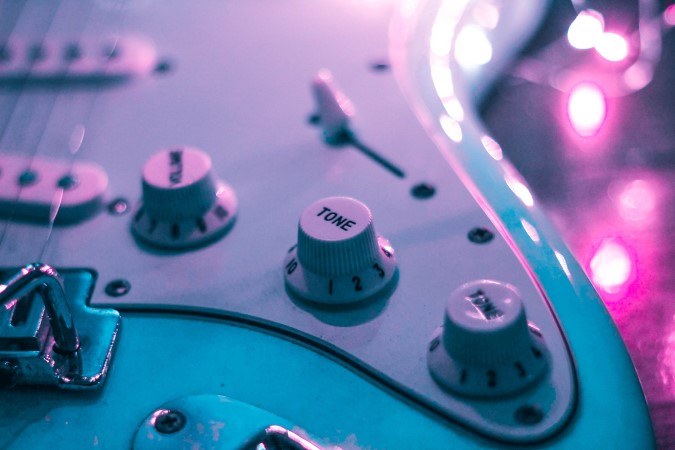
Other Things to Consider..
There are plenty of other things you should consider when deciding between an expensive guitar and a more affordable guitar. If you’re willing to make a sizable investment towards your rig, the money might be better spent in other areas - upgrading your amp, adding some boutique pedals, and so on..
Overly-expensive guitars aren’t the right choice for everyone. Some players are unable to get the most from an instrument that they’ve invested lots of money in, and will treat it too delicately or not gig it for fear of it being damaged. In this scenario, you’d be better off opting for a mid-range workhorse guitar that you can upgrade and personalise as and when you need to.
Conversely, there is a positive psychological effect that comes with playing an instrument that inspires you. If you have always lusted after a certain Signature Model from your favourite artist then you may find yourself practising more often and playing more freely compared to if you had settled for a cheaper, uninspiring instrument.
Most of all though, it matters how a guitar feels to you. Young beginner guitarists may want to start off shredding on an original Les Paul just like their favourite player; but they could struggle with the thick, vintage neck and heavy tonewoods used in the construction process. It can often be more beneficial to start with a guitar that is designed with beginners in mind, and over time slowly working towards your dream guitar when you know exactly what you like in an axe.
If you’re just getting started, click below to check out our Electric Guitar and Acoustic Guitar Buying Guides:
Price doesn’t immediately signify quality in an instrument - so make sure you head down to your local PMT Store where you can try out a wide-range of different guitars to find the one that’s best-suited to you and your music.
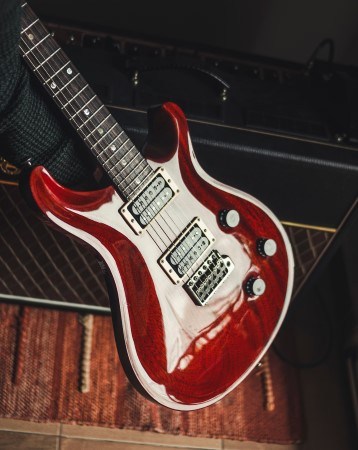
Still want to know more about why Custom Shop guitars cost so much? Need some extra help with finding the best guitar for you? Call us on 0151 448 2089 or check out your local store to speak to one of our Experts about your needs.

